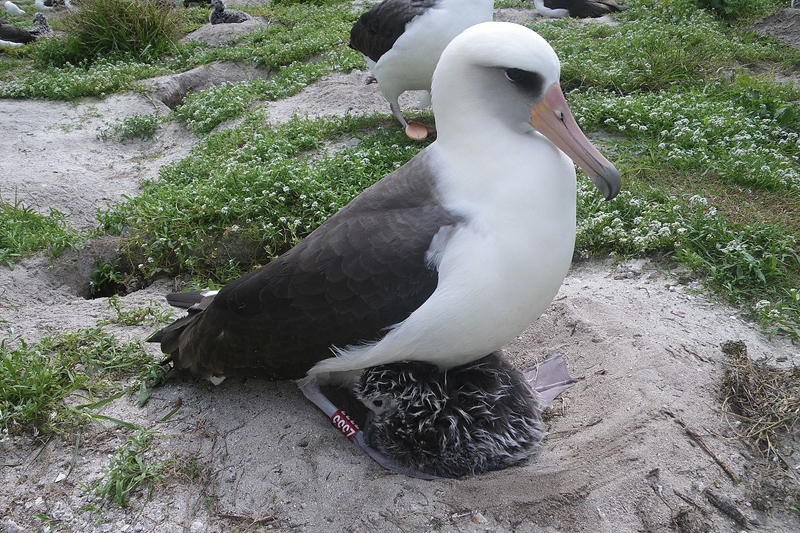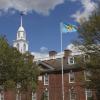Wild birds and wisdom
One of my pastimes is observing the bird life in lower slower Delaware. A great egret hides in the grasses in a nearby pond in the early morning. At sunset, an orange and blue sky becomes a postcard as the silhouettes of several Canada geese glide slowly across the still water.
The 2015 Delaware Bird Records Committee cites a total of 416 species in our tiny state where Important Bird Areas provide essential habitat for many species. IBAs include sites for breeding, wintering, and/or migrating birds.
Delaware Audubon IBA Chair Ann Rydgren says, “To be in the same company as the Everglades and the Arctic National Wildlife Refuge confirms what birders all over the world have known for some time - Delaware’s Coastal Zone is an extraordinary region for birds.”
Delaware’s Coastal Zone, including the C&D Canal and the Inland Bays, contains approximately 270,000 acres. Approximately 232,000 acres are wetlands and uplands and breeding grounds for several watch-listed and endangered or threatened birds.
DNREC reported nine piping plover pairs incubating nests at Cape Henlopen’s Point and Fowler Beach in a May 24, 2017 article from News.Delaware.Gov. “With nine known piping plover nests at the same time, we are close to tying - or maybe even breaking - the record of 10 pairs nesting in a single year,” said wildlife research assistant Kevin Bronson, Division of Fish & Wildlife.
My friends and I miss hiking the Point, the calm beach where the bay and the ocean intersect, but knowing the piping plover is mating is grounds for waiting.
I ran across an article I clipped from the Washington Post (Dec. 1, 2015) which was about the world’s oldest bird, an albatross named Wisdom. Albatrosses face threats by the hundreds, but Wisdom just laid an egg at the age of 64.
“’Raising chicks at such an advanced stage continues to blow our minds,’ said Bruce G. Peterjohn, chief of the Bird Banding Laboratory at the U.S. Geological Service’s Patuxent Wildlife Research Center in Laurel, Md.”
The article goes on to say, “The man who first held her and placed a band over her webbed foot was Chandler Robbins, then in his 40s. Still working at the Pacific Ocean atoll nearly 40 years later, he picked up a bird among the quarter million that nest there and found his signature tag. He was 81.”
Now 97, Robbins continues to work as a volunteer at the lab. Remember my earlier article about how important it is to find a hobby!
For my part, I enjoy reading my Kindle outside on the patio and listening to the songbirds. I can see the bird feeder from my back porch and notice when it needs refilling.
By the way, watch for the annual fall birdseed sale sponsored by the Friends of Cape Henlopen State Park. A great price, quality seed, and a 20-pound bag lasts awhile.
If you enjoy identifying different species, there is a website called www.whatbird.com. Answer the question: What was the primary color of the perching bird you saw in Delaware? You can download an interactive bird guide. Smartphone apps are now replacing the colorful Audubon field guides my husband used to keep by our window.
Now I am wondering if I am confusing great egrets with snowy egrets or little egrets. No matter the name of a bird, I enjoy watching them.
I am feeling sad for the albatross who has yet to enjoy retirement. Thinking maybe her name, Wisdom, is not really warranted. Jeez.


















































